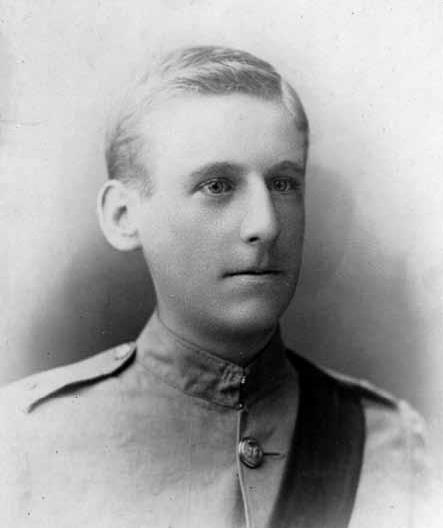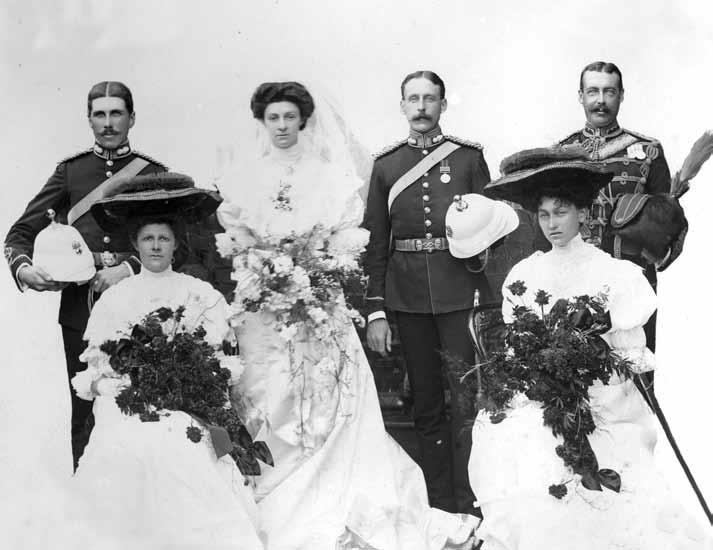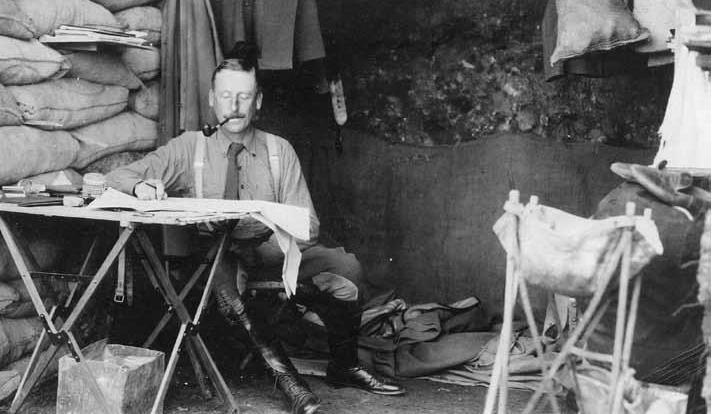WWI Stories – Cyril Brudenell Bingham White
St Arnaud
Associate Justice Mark Derham shares the story of General Sir Cyril Brudenell Bingham White KCB KCMG KCVO DSO.
 Cyril Brudenell Bingham White, known as Brudenell, is described as being simultaneously one of the most important yet unknown figures in Australian military history.
Cyril Brudenell Bingham White, known as Brudenell, is described as being simultaneously one of the most important yet unknown figures in Australian military history.
Brudenell was born in St Arnaud, Victoria, on 23 September 1876. He was the seventh of eight children of John Warren White and Maria Gibton.
Brudenell’s career began as a bank clerk in Queensland. In 1901, he became a founding member of the new Australian Military Forces. On 18 February 1902, he embarked for service in South Africa with the 1st Battalion, Australian Commonwealth Horse.
In 1904, Brudenell returned to Army Headquarters in Melbourne, and ga
ined entry to the Staff College at Camberley in England. On 15 November 1905, he married Ethel Davidson at Chris Church, South Yarra.
 After a short honeymoon, in late November Brudenell and Ethel began the five-week journey to England so he could begin his studies.
After a short honeymoon, in late November Brudenell and Ethel began the five-week journey to England so he could begin his studies.
He was highly regarded during his years at Camberley. The view of some of his British superiors was that an officer of Brudenell’s quality would be wasted in the comparatively small Australian service.
Brudenell returned to England on a four-year appointment to the Directorate of Military Operations at the War Office. His time here deepened his commitment to the British Empire. The need for trained officers in Australia led to his early recall, in August 1911, and to his appointment on 1 January 1912 as Director of Military Operations at Army Headquarters, Melbourne.
In November 1912, discussions were held between Australian and New Zealander defence representatives on the potential for war between European powers. Brudenell was responsible for organising a composite division of 18,000 men – 12,000 from Australia, 6,000 from New Zealand – for a proposed expeditionary force.
Australia’s contribution was raised from 12,000 to 20,000 men, following rumours Canada had promised 30,000 in the event of war. It was Brudenell’s pre-war contingency plan that provided the basis of the Australian Imperial Force.
On 30 May 1915, a month after the Gallipoli landing, Brudenell was awarded the Distinguished Service Order and was promoted to full Colonel. He assisted with the planning of a number of tactical operations, the most successful being the Battle of Lone Pine.

Late in 1915, Brudenell was responsible for planning and supervising the evacuation of 80,000 men at
After the failure of the Battle of Bullecourt in 1917, Brudenell, like many Australians, began to reassess hisAnzac and Sulva Bay – the most successful operation of the campaign.
confidence in the British High Command. He believed he should have more stringently resisted General Gough’s battle plan.
Following the Armistice on 11 November 1918, Brudenell received five foreign decorations. He was described as “one of the most brilliant celebrities of the war”.






